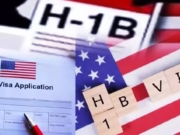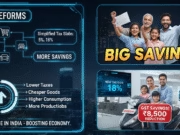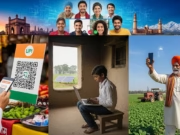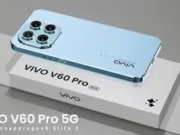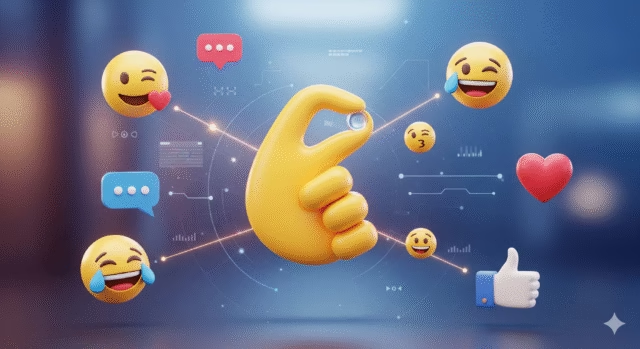Our digital conversations are colorful. They are rich with tiny pictures. These small icons are called emojis. They add layers of meaning to our words. Emojis have transformed how we communicate. They bridge gaps in text. They convey emotion quickly.
Today, a new emoji sparks debate. The “pinching hand” emoji is everywhere. What does it truly mean? This symbol represents something small. It can show sarcasm. It can imply a small amount. Its meaning can also be playful. This tiny hand causes big reactions. It highlights emoji power.
From Pixels to Power: The Birth of Emojis
Our story begins in Japan. A designer named Shigetaka Kurita created them. He worked for NTT DOCOMO. This was in the late 1990s. His goal was simple. He wanted to convey information visually. He aimed to make mobile communication easier. His first set had 176 emojis. They depicted weather, feelings, and objects.
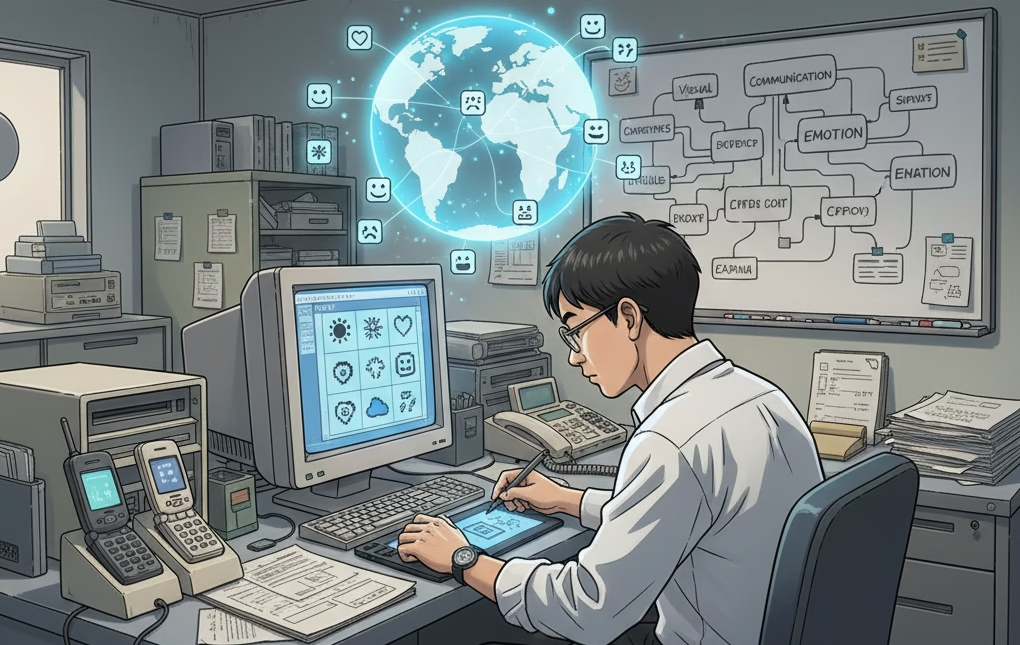
These early emojis were basic. They were 12×12 pixel images. Yet, they instantly resonated. Japanese users loved them. Soon, other phone companies followed. This marked the start of a revolution. A new visual language was born.
The West Catches On: Unicode and Global Expansion
For a while, emojis stayed local. Different carriers had different sets. They often appeared as garbled text. Then, Apple joined the scene. They introduced emojis to iPhones. This was around 2007. Initially, it was for the Japanese market.
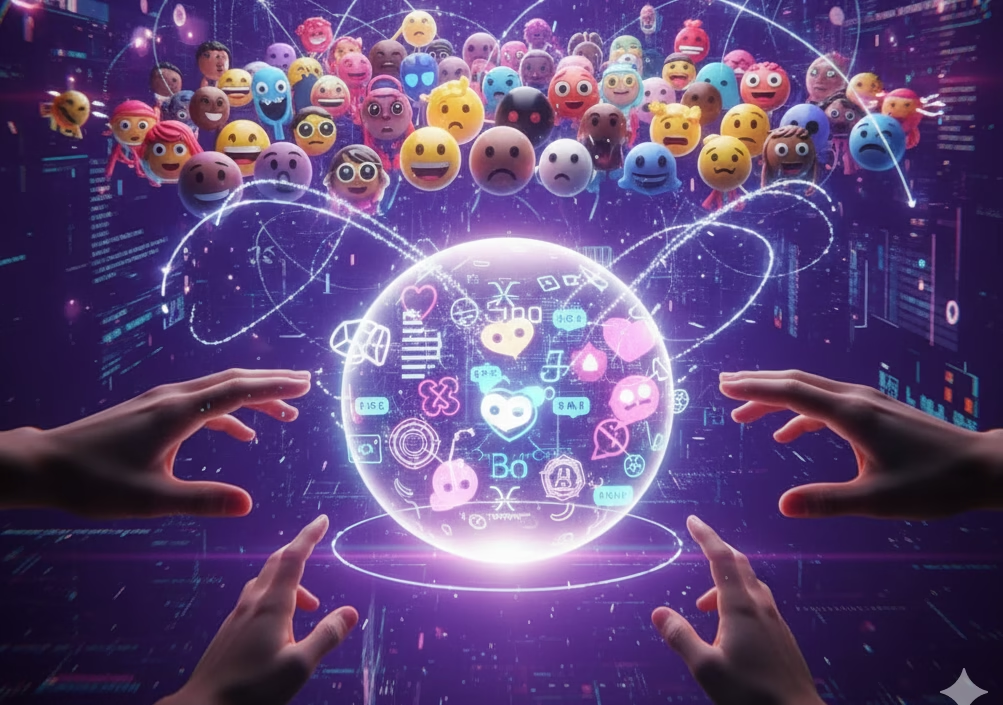
Western users discovered them. They found ways to enable the keyboard. Demand quickly grew worldwide. Google also adopted emojis. The Unicode Consortium then stepped in. Unicode standardizes text characters. It assigns a unique code to each. This ensures universal display.
In 2010, Unicode included emojis. This was a game-changer. It meant emojis looked the same everywhere. They worked across all devices. This made them truly global. Now, everyone could speak emoji.
More Than Just Pictures: The Significance of Emojis
Emojis are more than cute icons. They serve crucial communication roles. Text messages lack tone. They miss body language. Emojis fill this void. They add emotional context.
Consider the simple phrase, “Okay.” “Okay.” can sound abrupt. “Okay 🙂” feels friendly. “Okay 😒” conveys annoyance. “Okay 😂” implies humor.

My friend, Rahul, once texted his boss. He wrote, “The report is done.” His boss found it cold. Alex later added a “👍” to similar messages. His boss appreciated the warmth. This small icon changed perception. Emojis enhance clarity. They reduce misinterpretation.
They also foster connection. A string of emojis creates inside jokes. They build community online. They make digital interactions feel human. Emojis are concise. They convey complex ideas quickly. A single “🤦♀️” can speak volumes. It saves precious typing time. This is perfect for fast-paced chats.

World Emoji Day
World Emoji Day, celebrated annually on July 17th, was founded in 2014 by Jeremy Burge, the creator of Emojipedia. The date was specifically chosen because it’s the one displayed on Apple’s calendar emoji (📅), a design quirk that has since been adopted by many other tech companies. The unofficial holiday has grown into a global event, with people celebrating its cultural impact by sharing emoji-only messages, brands launching new promotions, and tech companies using the day to announce upcoming emoji releases. It’s a fun and modern way to acknowledge the role these small but powerful icons play in our daily communication.
The Lighter Side: Back to Our Roots with Digital Sign Language
Think about it. We are returning to ancient ways. Our ancestors used gestures. They relied on facial expressions. They communicated through symbols. Cave paintings told stories. Hieroglyphs recorded history.
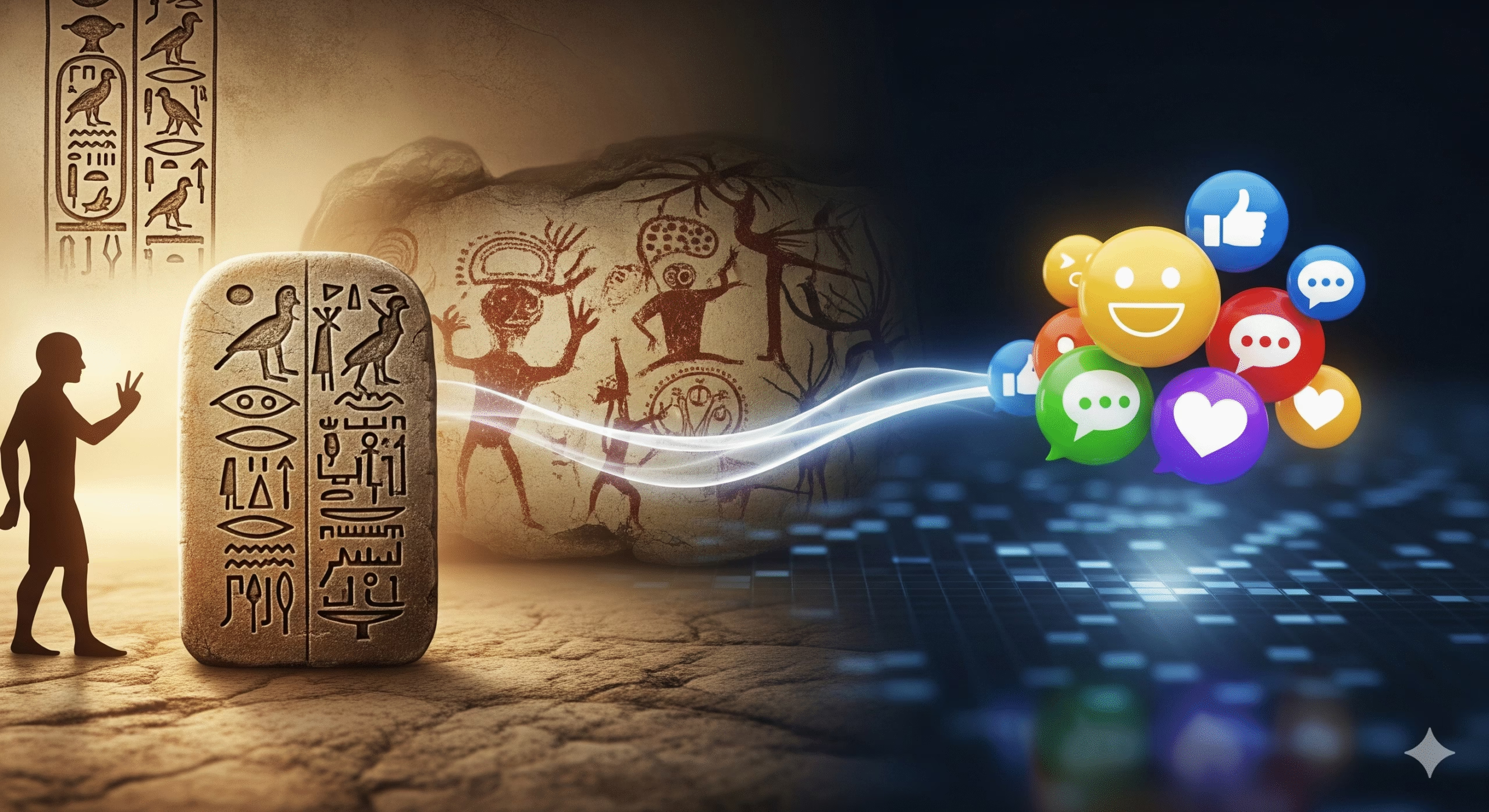
Early humans used sign language. They had no common spoken tongue. They pointed, gestured, and mimed. Emojis are our modern equivalent. They are digital hand signals. They are pictorial representations. We use them for clarity. We use them for emphasis.
When you send a “🙌” for celebration, you are gesturing. A “👋” replaces a wave. A “🙏” mimics a prayer or thanks. The “shrug” emoji, “🤷♀️,” is a digital shoulder shrug. We are instinctively reverting. We are using universal visual cues. This makes digital language more natural. It adds depth to our interactions. It’s a fascinating evolution. We went from gestures to words. Now, we use words and digital gestures.
The Newest Additions: Expanding Our Emotional Vocabulary
The emoji landscape constantly grows. New emojis reflect our changing world. Unicode releases new sets annually. These often spark great excitement. They expand our expressive range.
Recently, we’ve seen many additions. These include diverse skin tones. There are more gender options. Inclusive emojis are important. They ensure everyone feels represented.
The pinching hand emoji (🤏) is a notable newcomer. Its primary meaning is “small amount.” Imagine saying, “I just need a little bit more coffee.” The emoji conveys that “little bit” visually. However, its usage quickly evolved. It gained a sarcastic edge. It can playfully imply inadequacy. It might tease someone about something small. Its versatile nature makes it popular.
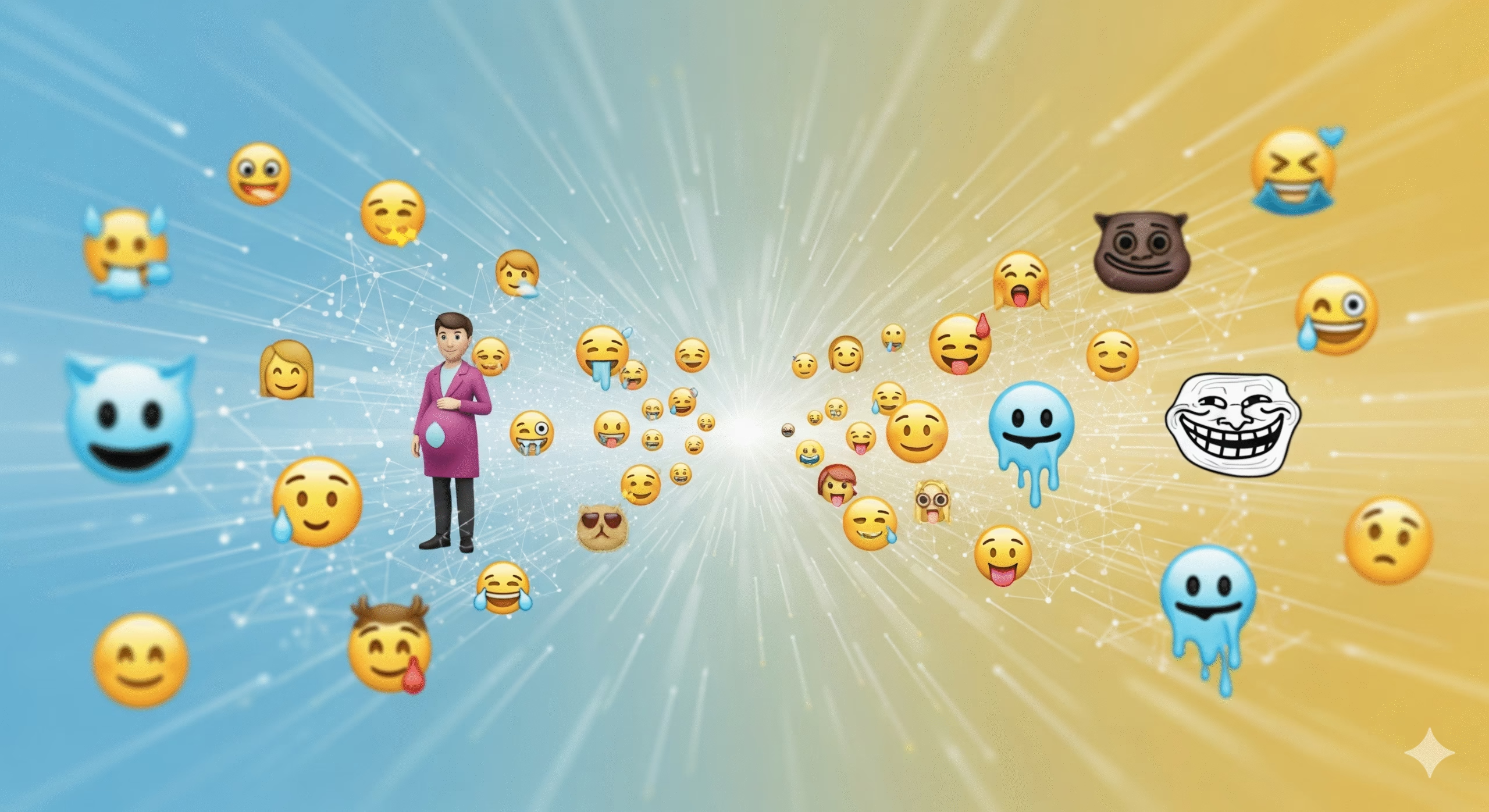
Other recent additions include:
Melting Face: Expresses extreme embarrassment or exhaustion.
Troll: A classic internet symbol.
Low Battery: Universally understood frustration.
Hugging Face: A warm embrace, often used for comfort.
Pregnant Man: Further promotes inclusivity and representation.
These new emojis offer fresh nuances. They allow for more specific feelings. They let us communicate complex ideas. They continually enrich our digital lexicon.
SEO-Friendly Keywords and Phrases for Emojis
“Emoji meanings”
“What does 🤏 mean”
“Pinching hand emoji explanation”
“New emojis 2023”
“How to use emojis”
“Emoji history and evolution”
“Digital communication trends”
“Nonverbal communication online”
“Impact of emojis on language”
“Emojis and social media”
These keywords help readers find content. They target common search queries. Using them naturally improves visibility.
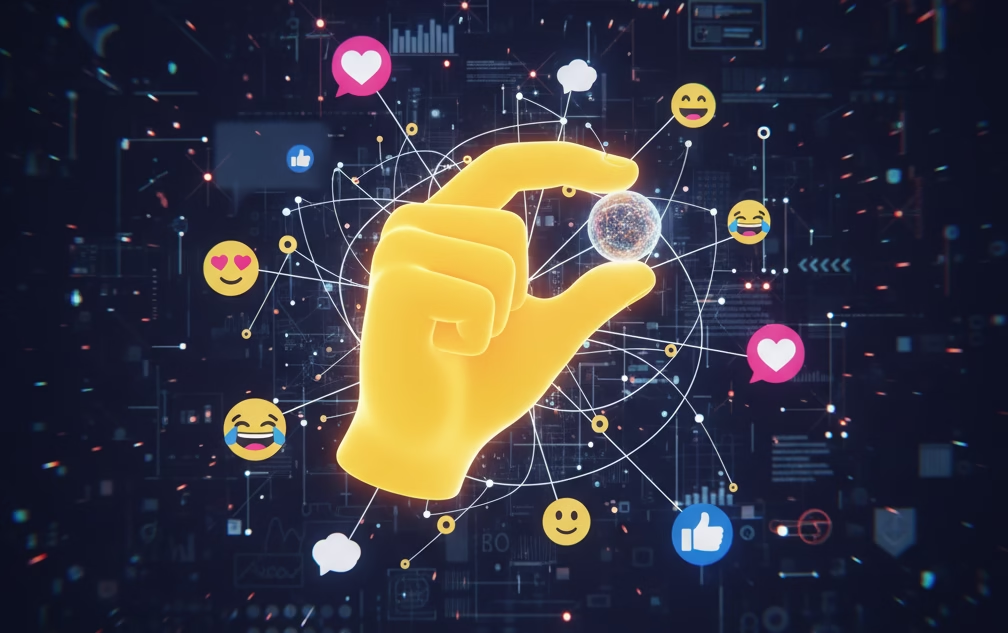
FAQs: Decoding the World of Emojis
Q1: How do emojis differ from emoticons?
A1: Emoticons use keyboard characters. They create sideways faces (e.g., :)). Emojis are actual images. They are graphical symbols.
Q2: Who decides which new emojis are created?
A2: The Unicode Consortium reviews proposals. They decide which emojis get approved. Anyone can submit a proposal.
Q3: Can emojis replace words entirely?
A3: Not entirely, but they enhance words. They add context and emotion. They often reduce the need for many words.
Q4: Do emojis have universal meanings?
A4: Most are widely understood. However, some can vary culturally. Context always plays a role.
Q5: Is using too many emojis unprofessional?
A5: It depends on the context. In formal settings, limit them. In casual chats, they are fine. Know your audience always.

The Future of Feeling: What’s Next for Emojis?
Emojis are here to stay. They are essential to modern talk. They evolve with us. They capture our culture. They help us connect. They make our digital world vibrant. The pinching hand is just one example. It shows their ongoing impact.
What do you think about the pinching hand emoji? How do you use it? What’s your favorite new emoji and why? Share your thoughts below!
#Emojis #PinchingHandEmoji #EmojiMeaning #DigitalCommunication #TextingCulture #NonverbalCues #Unicode #EmojiTrends #SignLanguageRevival #OnlineExpression








